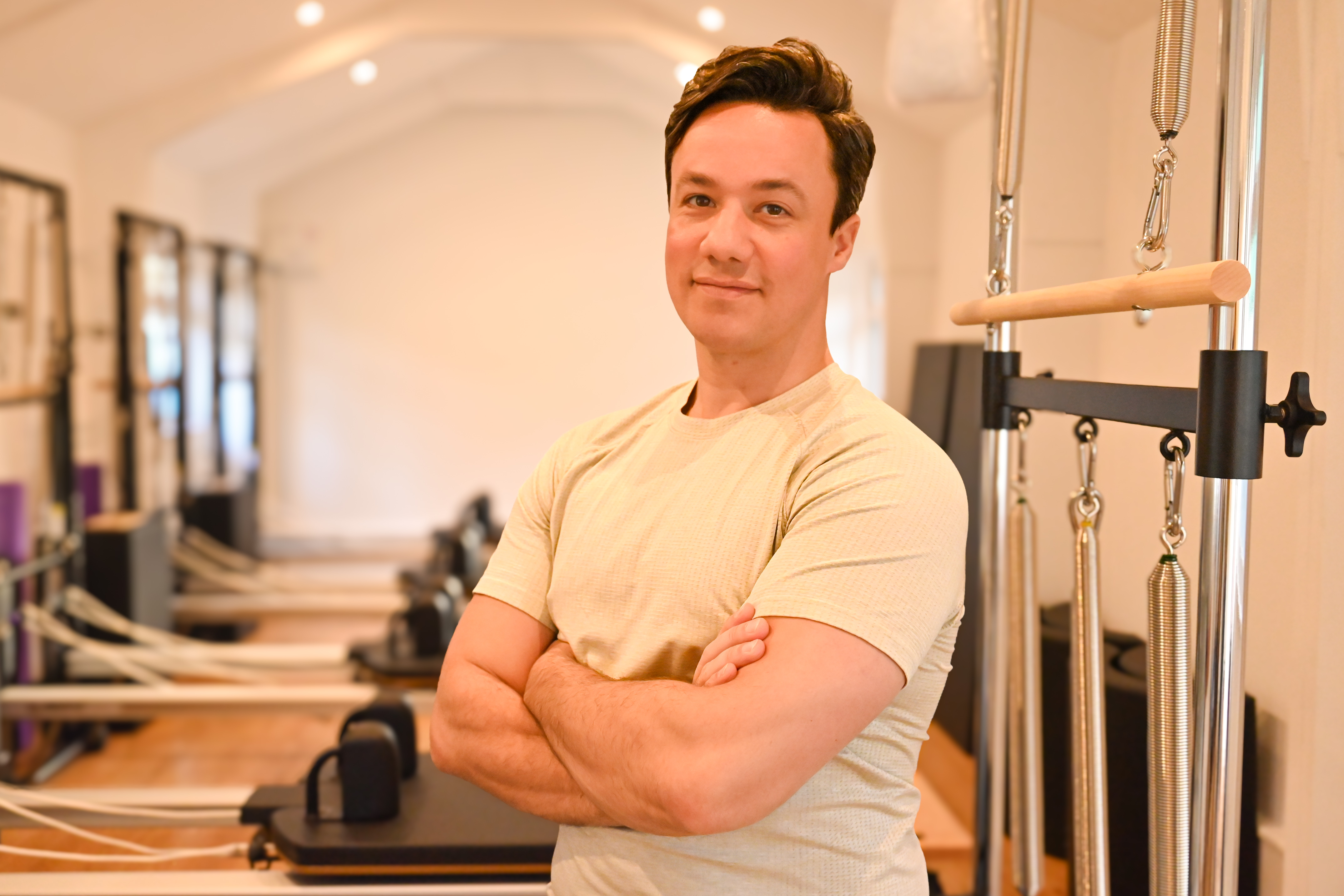Using Pilates to Unwind and Destress
- Saulo

- Sep 1
- 4 min read
In today’s fast-paced world, finding effective ways to unwind and destress is essential for maintaining both mental and physical health. Pilates, a low-impact exercise method, offers a unique approach to relaxation and stress relief. By focusing on controlled movements, breathing, and mindfulness, relaxation Pilates can help calm the mind and rejuvenate the body. This article explores how Pilates can be used as a powerful tool to reduce stress and promote overall wellbeing.
How Relaxation Pilates Helps Reduce Stress
Relaxation Pilates combines gentle movements with deep breathing techniques to create a calming effect on the nervous system. Unlike high-intensity workouts, Pilates encourages slow, deliberate motions that require concentration and body awareness. This focus helps divert attention away from daily worries and promotes a meditative state.
Some key benefits of relaxation Pilates for stress relief include:
Improved breathing: Pilates emphasises diaphragmatic breathing, which increases oxygen flow and activates the parasympathetic nervous system, responsible for rest and digestion.
Muscle relaxation: The controlled stretching and strengthening exercises release tension stored in muscles, especially in the neck, shoulders, and back.
Mind-body connection: Pilates encourages mindfulness by requiring practitioners to focus on posture, alignment, and movement precision.
Enhanced sleep quality: Regular Pilates practice can improve sleep patterns, which is crucial for managing stress.
Incorporating relaxation Pilates into your daily routine can create a peaceful break from stressors and improve your overall mood.

Practical Tips for Practising Relaxation Pilates at Home
Starting relaxation Pilates at home is simple and requires minimal equipment. Here are some practical tips to get the most out of your sessions:
Create a calm environment: Choose a quiet, clutter-free space with soft lighting. Consider playing gentle instrumental music to enhance relaxation.
Use a comfortable mat: A thick Pilates or yoga mat provides cushioning and support for floor exercises.
Focus on breathing: Begin each session with deep, slow breaths. Inhale through the nose and exhale through the mouth, syncing breath with movement.
Start with beginner exercises: Simple moves like the pelvic tilt, chest lift, and spine stretch are excellent for relaxation and building core strength.
Move slowly and mindfully: Avoid rushing through exercises. Concentrate on the quality of each movement and maintain proper alignment.
Incorporate props: Use a foam roller or Pilates ring to assist with stretches and muscle release.
Set a regular schedule: Aim for 15-30 minutes daily or several times a week to experience consistent benefits.
By following these tips, you can develop a sustainable Pilates practice that helps you unwind after a busy day.

What are the 3 C's of Pilates?
The 3 C's of Pilates are Concentration, Control, and Centre. These principles form the foundation of every Pilates session and contribute significantly to its relaxation benefits.
Concentration: Pilates requires full mental focus on each movement. This concentration helps clear the mind of distractions and reduces anxiety.
Control: Every exercise is performed with precision and control to avoid injury and maximise effectiveness. Controlled movements encourage body awareness and calmness.
Centre: Also known as the "powerhouse," the centre refers to the core muscles around the abdomen, lower back, and pelvis. Strengthening this area improves posture and stability, which can alleviate physical tension caused by stress.
Understanding and applying the 3 C's during Pilates practice enhances both physical and mental relaxation.
The Role of Breathing in Relaxation Pilates
Breathing is a cornerstone of Pilates and plays a vital role in stress reduction. Proper breathing techniques help regulate the nervous system and promote a sense of calm.
In Pilates, the breath is coordinated with movement:
Inhale to prepare and expand the rib cage.
Exhale to engage the core muscles and deepen the movement.
This rhythmic breathing pattern increases oxygen intake and encourages the release of tension. It also helps slow the heart rate and lower blood pressure, which are common physical symptoms of stress.
Practising mindful breathing during Pilates can be a powerful tool to manage anxiety and improve emotional wellbeing.

How to Incorporate Pilates for Relaxation into Your Daily Life
Integrating Pilates into your daily routine doesn’t have to be complicated. Here are some actionable recommendations to make relaxation Pilates a regular habit:
Morning routine: Start your day with 10-15 minutes of gentle Pilates to awaken your body and set a positive tone.
Work breaks: Use short Pilates stretches during breaks to relieve tension from sitting and refresh your mind.
Evening wind-down: End your day with calming Pilates exercises to release built-up stress and prepare for restful sleep.
Join a class: Consider attending a local Pilates class or following online sessions for guidance and motivation.
Combine with other relaxation methods: Pair Pilates with meditation, aromatherapy, or a warm bath for a holistic approach to stress relief.
For those interested in exploring more about pilates for relaxation, Sole Pilates offers excellent resources and classes tailored to stress reduction and wellbeing.
By making Pilates a consistent part of your lifestyle, you can enjoy long-term benefits for both body and mind.
Relaxation Pilates is a gentle yet effective way to combat stress and promote inner peace. Its focus on mindful movement, breathing, and core strength makes it accessible to people of all fitness levels. Whether you are new to Pilates or looking to deepen your practice, incorporating these techniques can help you unwind, destress, and improve your overall quality of life.



Comments